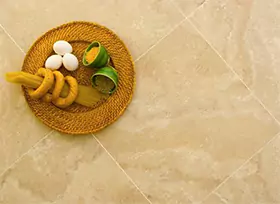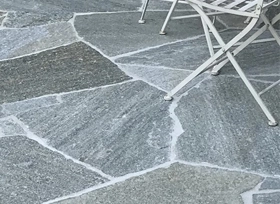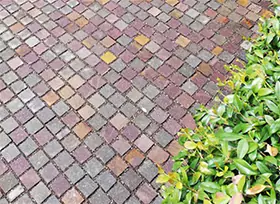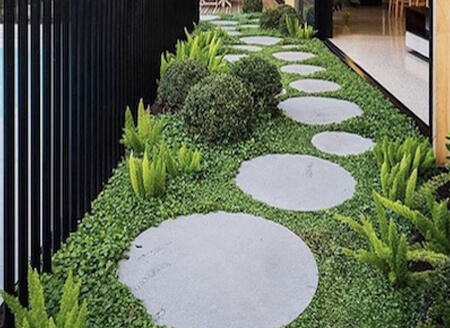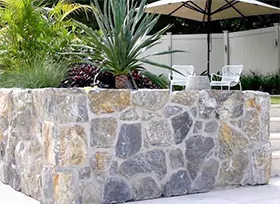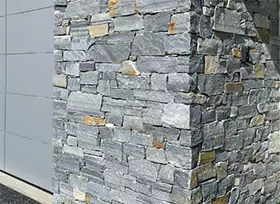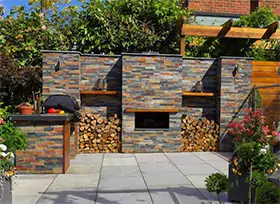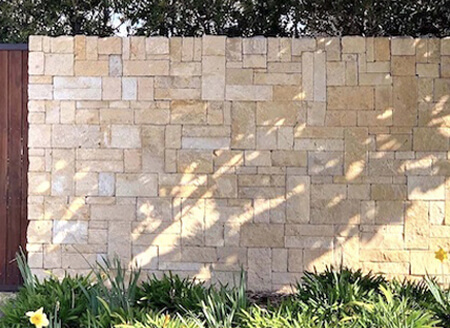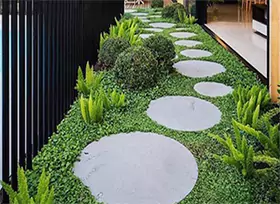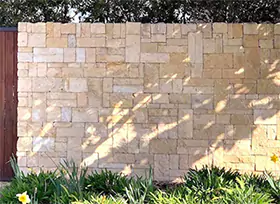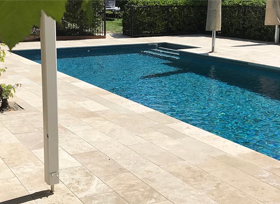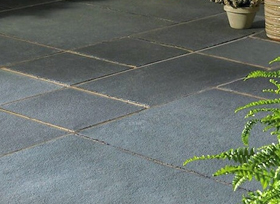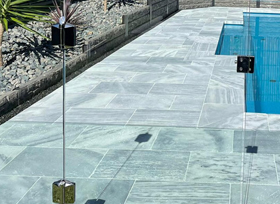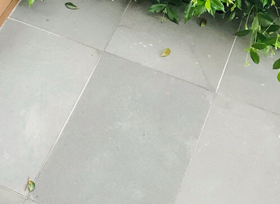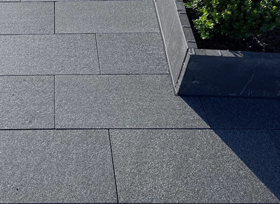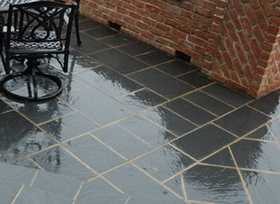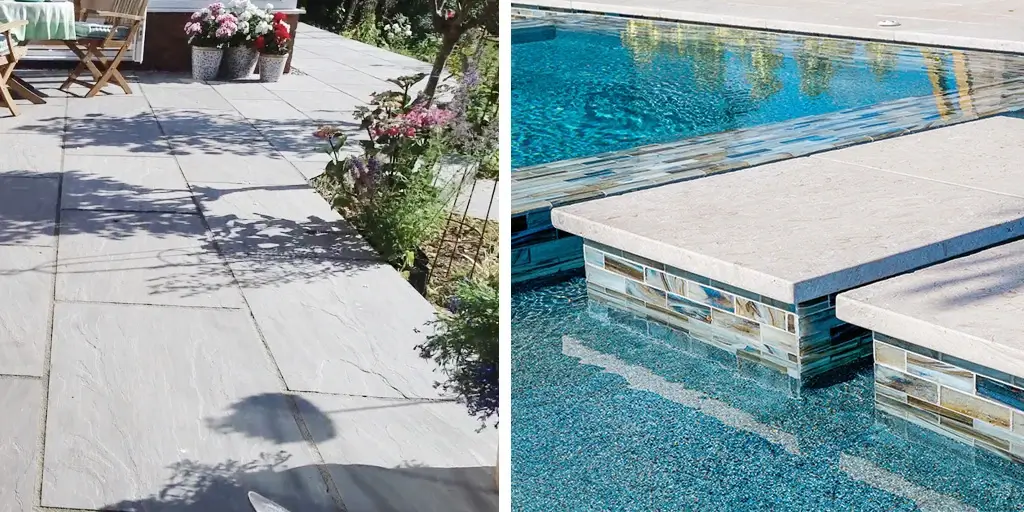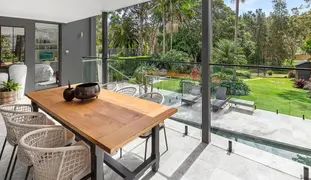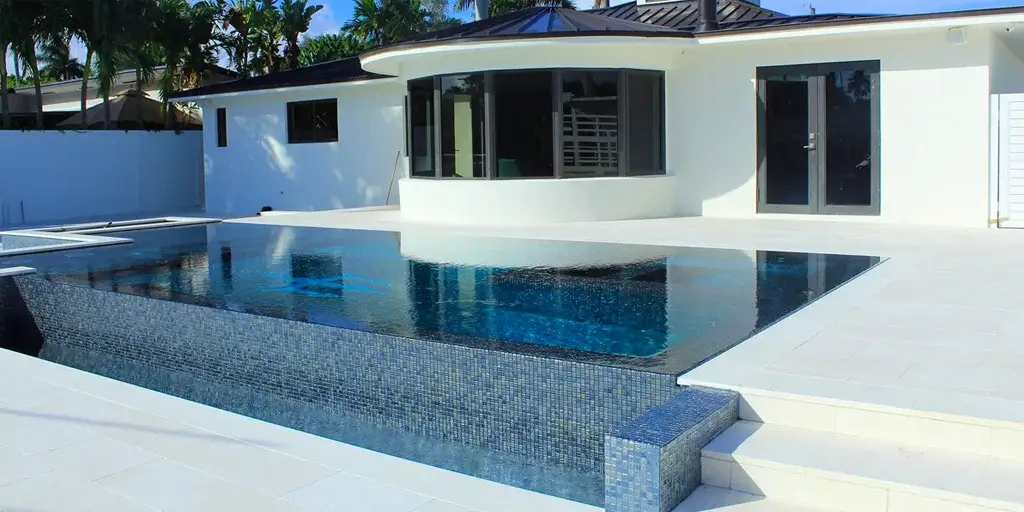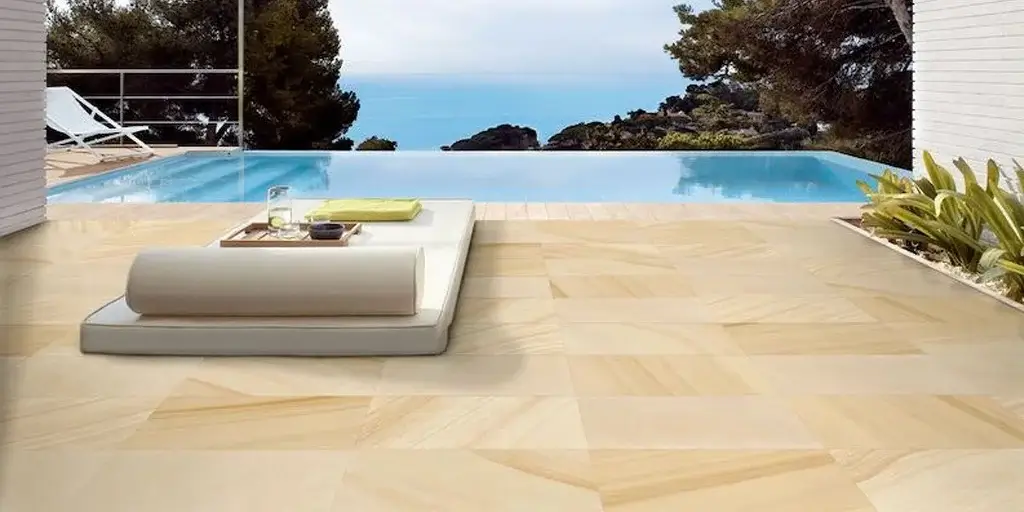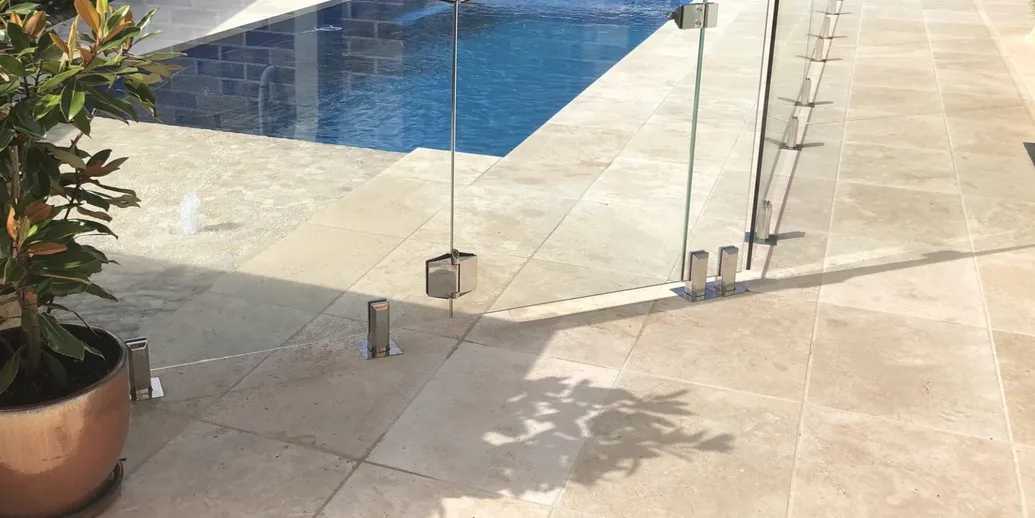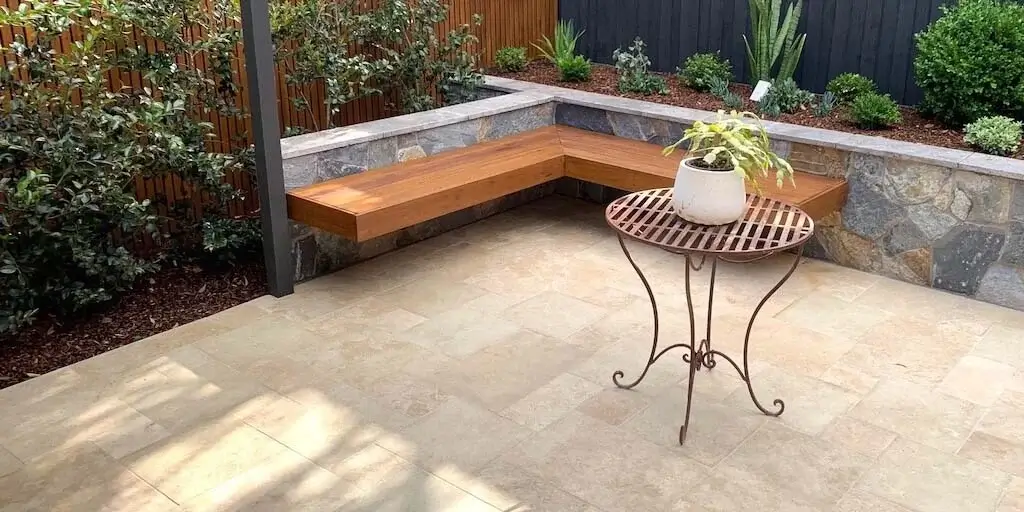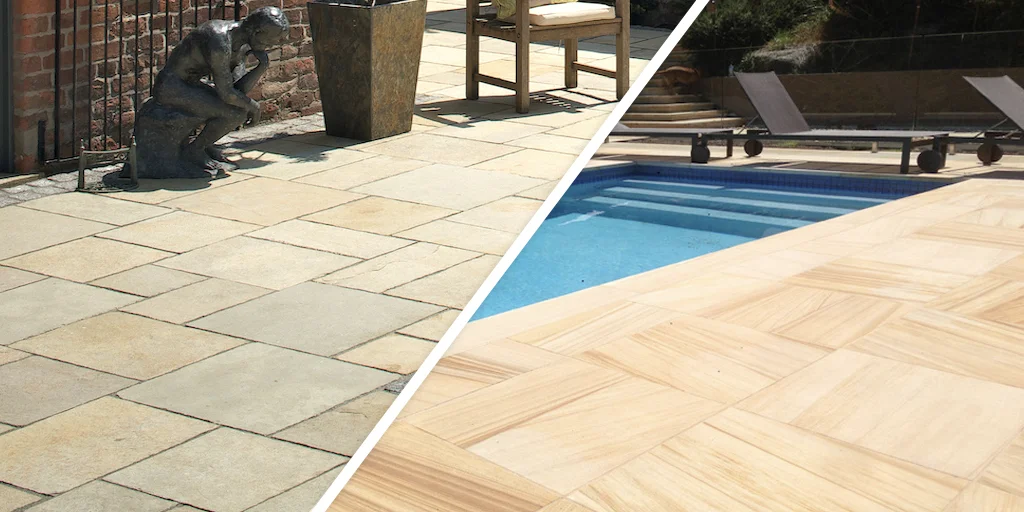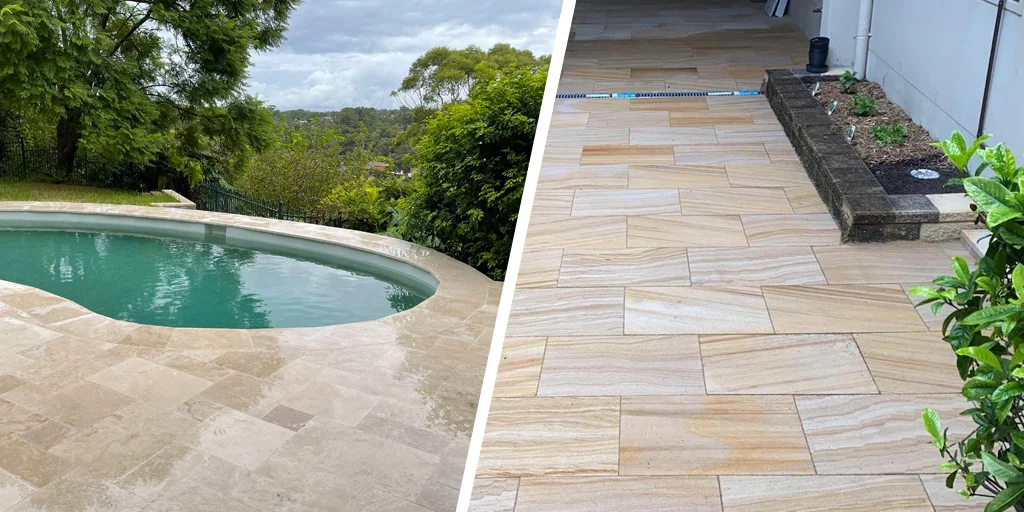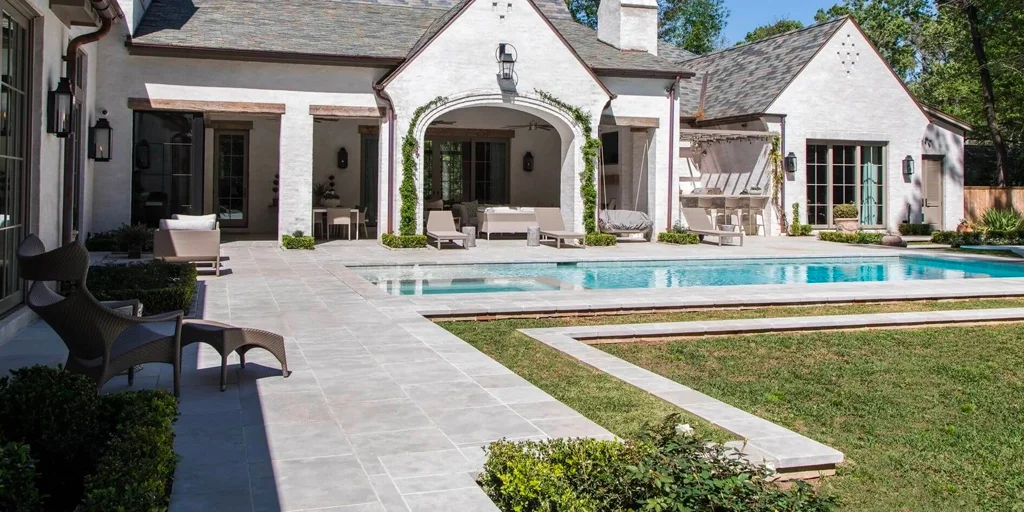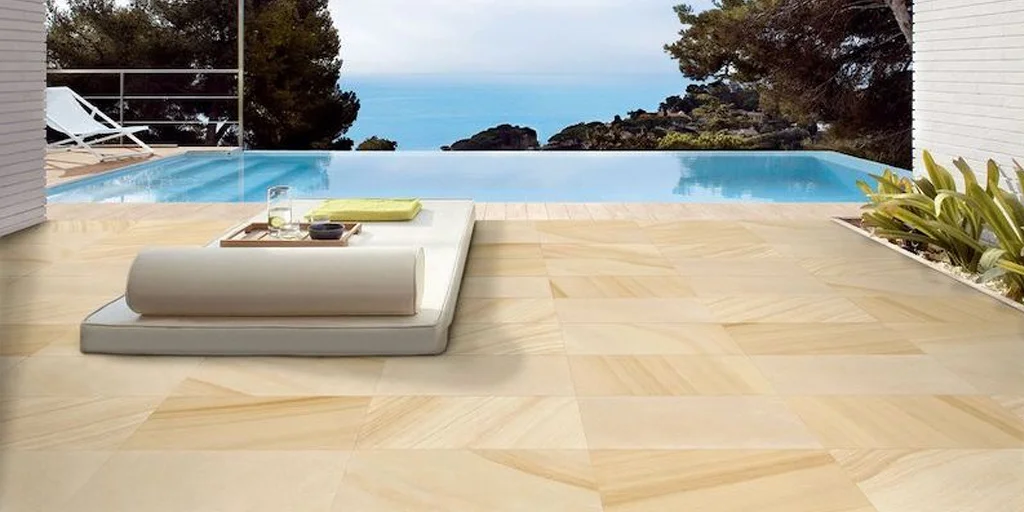The timeless appearance of Sandstone, one of the most identifiable stones on Earth, makes it one of the most decorative building materials. Sandstone is rather easy to maintain and will instantly lend a touch of class to any space within or surrounding your house, whether it is utilised as tiles inside your home or in the garden. But if they aren't cleaned properly, Sandstone pavers can turn grey, which takes away from their naturally striking appearance.
Limestone Pavers vs Sandstone Pavers: Which are the Best Paving Slabs?
Sandstone and Limestone are the two most widely used natural stone paving materials. Anybody considering beginning a new driveway, garden, or patio renovation will nearly always evaluate these possibilities, yet it can be challenging to determine which would be the superior decision.
What distinguishes Sandstone from Limestone paving, then? We've pitted them against one other to try and assist you in selecting the best option for your most recent job. We'll compare four important factors—sturdiness, style, texture, and versatility—to determine the best paving material. Additionally, we've made a useful comparison table that pits them against one another so you can make the best choice for your garden.
Durability
In this area, Sandstone and Limestone both do well. Given the extreme diversity of UK weather, stone pavement must withstand all types of weather. Fortunately, Sandstone and Limestone both typically absorb little water, making them perfect for outdoor areas, particularly if you live in a region of the country that experiences a lot of rain.
The tiny increase in porosity of lighter Sandstone colours over darker ones is one little distinction between the two stones. Though the difference is slight, these lighter versions may require further cleaning or sealant application because they absorb more water.
Keeping It Stylish
Limestone is uniform and available in a few specific hues, most commonly buff-grey, blue-grey, and blue-black. Regardless of the garden design you have in mind, options like the eye-catching, high-quality paving Fairstone Limestone Aluri Riven come in these darker shades with natural veining, offering you some wonderful choices.
A vast array of colours and styles are also available in Sandstone. It is a good idea to find out how the stones will look when wet before selecting Limestone, Sandstone, or any other type of natural stone paving. Though it's a question that's frequently disregarded, wear and moisture can change the colour of stone pavers.
The vast colour palette and variety of Sandstone styles surpass Limestone in terms of choice because of their sheer abundance.
Texture
The textures of Sandstone and Limestone are very dissimilar. In general, Limestone has a smoother, flatter texture with fewer ridges. Because of its even surface, it's perfect for numerous indoor applications in addition to driveways. Due to its inherent properties, Limestone has an orange-peel texture; many varieties also have a naturally split surface texture.
In contrast, Sandstone has a significantly more uneven and wavy texture. It's a more modern choice with a sawn finish than Limestone. You can modify any stone to fit your desired design. A sleeker, more contemporary choice is the gently brushed, whose rough surface amplifies the colour's brilliance.
Sandstone prevails because it offers a wide variety of textural options. Sandstone is a great choice for any style, from sleek and contemporary to a more rugged Mediterranean appearance.
Versatility
This is a hard category to grade because Sandstone and Limestone can be readily carved into various sizes and forms to match any design or garden project.
Regarding adaptability to various garden styles, Sandstone and Limestone are excellent options due to their robustness, longevity, and assortment of hues and textures.
Sandstone is great for patio and garden paths paving on historic and contemporary homes.
On the other hand, Limestone can be used both inside and outside in a wide range of settings. The list could include internal flooring, stepping stones, patios, driveways, and gardens.
With both players adaptable in their special ways, it's too close to call in this last round. The choice of colours and treatments available in Sandstone is unparalleled. On the other hand, Limestone is superior for both internal and external uses.
The Winner: Sandstone
Sandstone has prevailed over Limestone in the conflict between the two types of pavers. We think it's a deserving winner because of the enormous variety of colours, finishes, products, and textures.
Still, the sturdy Limestone deserves recognition and should be considered by everyone searching for paving that will last a long time in their yard.
The type of property, project, desired finish, and personal preferences will all influence your choice of pavement. See our table below for a comparison of the various qualities of Sandstone and Limestone to aid in your decision-making.
Why not learn more about our vast selections of Sandstone and Limestone pavers? In addition to a wide range of garden paving goods that are appropriate for any property or project, we have an enormous assortment of both alternatives.
Maintenance Guide for Sandstone
Continue reading to learn how to properly maintain your home's Sandstone pavers and tiles so your investment doesn't become an eyesore.
Treat your tiles to regular care
Regularly cleaning your lovely Sandstone pavers or tiles thoroughly is one of the simplest methods to keep them from becoming eyesores. If your home has interior Sandstone tiles, it's a good idea to hoover them frequently to remove dirt and dust, and then give them a clean scrub with a moist, high-quality cloth or a gentle mop. Generally speaking, it's better to avoid using strong chemicals to clean Sandstone because there's always a danger they could react badly with the stone and leave your priceless flooring looking strange. However, diluted liquid chlorine is frequently used to aid in the destruction of germs in.
We advise utilising a string mop to thoroughly clean your tiles or pavers because they can easily fit into the small nooks and crannies of textured Sandstone surfaces. Additionally, be careful not to let your Sandstone dry naturally. After cleaning any spills, stains, or blemishes, using a soft towel to dry the stone is a good idea.
What if Sandstone pavers are soiled?
Your Sandstone may need to be professionally cleaned if its surfaces have gotten discoloured or damaged due to exposure to a lot of water during a storm or flood. Ensure you get sealer for your Sandstone to prevent this from happening because unsealed Sandstone absorbs water far more easily than sealed Sandstone and will, therefore, discolour.
If your tiles or pavers get dirty or discoloured, you might use a special Sandstone cleaner or a liquid chlorine solution. We advise vacuuming the surface first, followed by a mild application of cleaner or chlorine, letting the material soak for 30 minutes, and then rinsing the stone with a light hose (a high-pressure hose will harm the stone!). Then, carefully work the Sandstone cleaner into the stone's pores using a broom or soft brush. Rinse the surface after finishing and give it time to dry.
So, we hope now you know why you should invest in Sandstone pavers. We at Stone Depot have a wide range of Sandstone pavers and tiles that fit all your design requirements. You could explore them on our website and call our stone specialists for additional information. Not only this, but we also give free samples so that you can understand the texture and finish better.
*Disclaimer: All information and advice given above in the blog are to the best of our knowledge. Please reconfirm at your end before execution.




